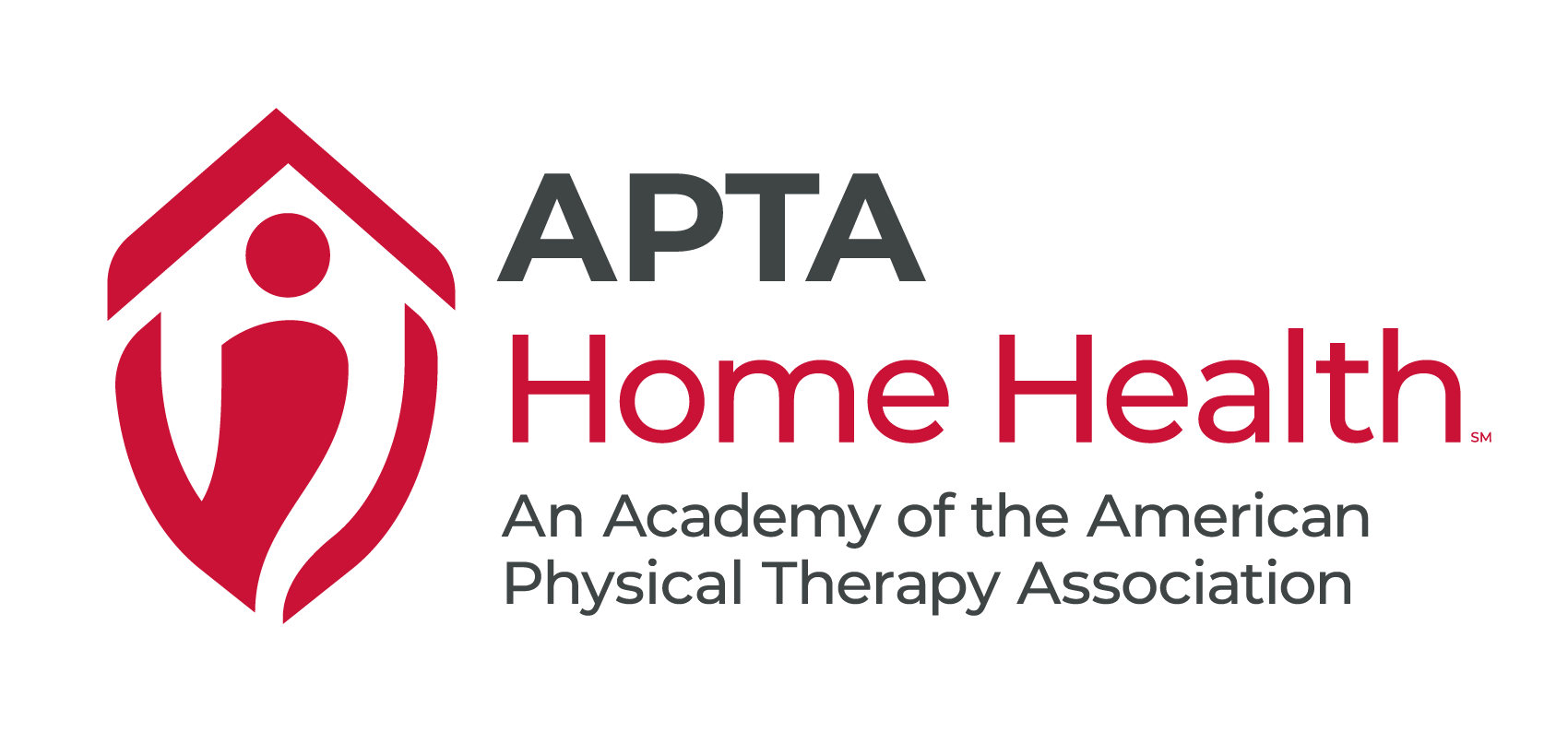Value Statement for Home Health Physical TherapyThis statement presents the value of home health physical therapy (HHPT) towards achieving the triple aim as defined by the Institute for Healthcare Improvement (IHI): improving population health, reducing health care costs and improving the patient experience. HHPT enhances population health through comprehensive case management, use of evidence based examinations and interventions to promote better mobility and prevent deterioration at home and in the community. An evaluation of safe function at home and in the community is completed using a bio-psychosocial model framework from the International Classification of Functioning, Disability and Health (ICF) integrated into the Guide to Physical Therapist Practice 3.0. Examination factors include, but are not limited to: pain, medication management, movement patterns, range of motion, muscle power, nutrition/hydration status, systems review, activities of daily living, cognitive/emotional functioning, safety and fall risk. Physical therapy interventions seek to minimize the impact of various medical conditions on functional ability. Interventions may include therapeutic exercises, functional training activities, and specific education for patients and caregivers about strategies and resources to safely manage in their homes and communities. Ultimately, the effectiveness of physical therapy is demonstrated when patients age in place safely at home. The American Physical Therapy Association (APTA) defines value as outcomes attained relative to the health care costs necessary to achieve those outcomes. HHPT strives to reduce healthcare costs by identifying risk levels for potentially avoidable events such as injurious falls, pressure ulcers, and re-hospitalization. Physical therapists assess risk levels via a variety of validated tests and objective measurements. Plans of care are then designed and implemented to optimize outcomes. Outcome measures are used to determine quality in HHPT with individualized goals and publicly reported information on Medicare’s Home Health Compare quality indicators with OASIS (Outcome and Assessment Information Set) data under the Part A benefit. Outcomes recorded include functional activities such as bathing, transferring, ambulation, and the management of pain and dyspnea. Additionally, the Centers for Medicare and Medicaid Services (CMS) Reports reveals that HHPT costs less than other post-acute care practice settings. The scope of the patient experience in HHPT is measured via a satisfaction survey called HHCAHPS (Home Healthcare Consumer Assessment of Healthcare Providers and Systems). Survey data is utilized to improve patient-centered care, promote higher quality communication with patients and caregivers, and promote timely resolution of care-related concerns. Subsets of both OASIS outcomes and patient satisfaction survey data provide national benchmarks, allowing comparison in the “Quality of Care andPatient Satisfaction Star Ratings.” Care-delivery that is patient-centered in an environment of high quality communication and care coordination yields higher patient satisfaction. In summary, HHPT demonstrates value by reducing falls risk, decreasing re-hospitalization rates, improving function and promoting healthier lifestyle decisions. HHPT is well-positioned to partner with other healthcare providers in order to control healthcare costs, enhance patient satisfaction, and improve population health in America. APTA Home Health is committed to advocating for the best evidence based practice of physical therapy in the home health setting.
|
